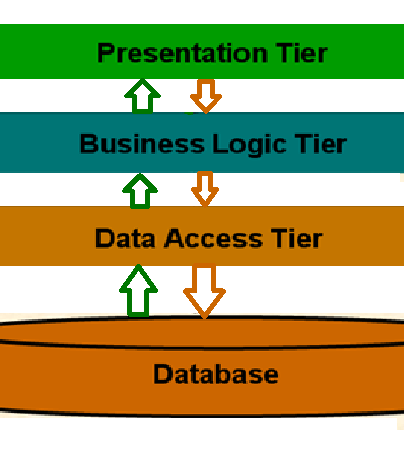created a computer that operates on water droplets
created a computer that operates on water droplets:
Here we give the most popular and interactive invention in the field of computer, science, Math etc.
According to the Wikipedia. “Invention is a unique or novel device, method, composition or process. The invention process is a process within an overall engineering and product development process."
Now we try to consider maximum here. I think you can got useful and important information here.
According to the Wikipedia. “Invention is a unique or novel device, method, composition or process. The invention process is a process within an overall engineering and product development process."
Now we try to consider maximum here. I think you can got useful and important information here.
"We already have digital computers to process information . Our goal is to build a completely new class of computers that can
precisely control and manipulate physical matter," Manu Prakash, lead
researcher and bio engineer at Stanford University, said in a press release.
"Imagine if when you run a set of computations that not only information
is processed but physical matter is algorithmically manipulated as well. We
have just made this possible at the musicale.
"In this work, we finally demonstrate a synchronous,
universal droplet logic and control," he added.
computer that operates on water droplets:
Prakash first came up with the idea for the computer nearly
a decade ago, but although it was easy enough to work out how to control water
droplets - by infusing them with magnetic nano particles and moving them around
a maze of iron bars - finding a way to synchronizes these movements proved
challenging.
In regular computers, this is the role of the clock, which
perfectly times every single movement within the system, but Prakash’s team
struggled to find something that would do the same thing with water. But then
they came up with the idea of a rotating magnetic field.
“Every time the field flips, the polarity of the bars
reverses, drawing the magnetized droplets in a new, predetermined direction,
like slot cars on a track,” the Stanford press release explains. “Every
rotation of the field counts as one clock cycle, like a second hand making a
full circle on a clock face, and every drop marches exactly one step forward
with each cycle.”
You can see the system in action below:


Comments
Post a Comment